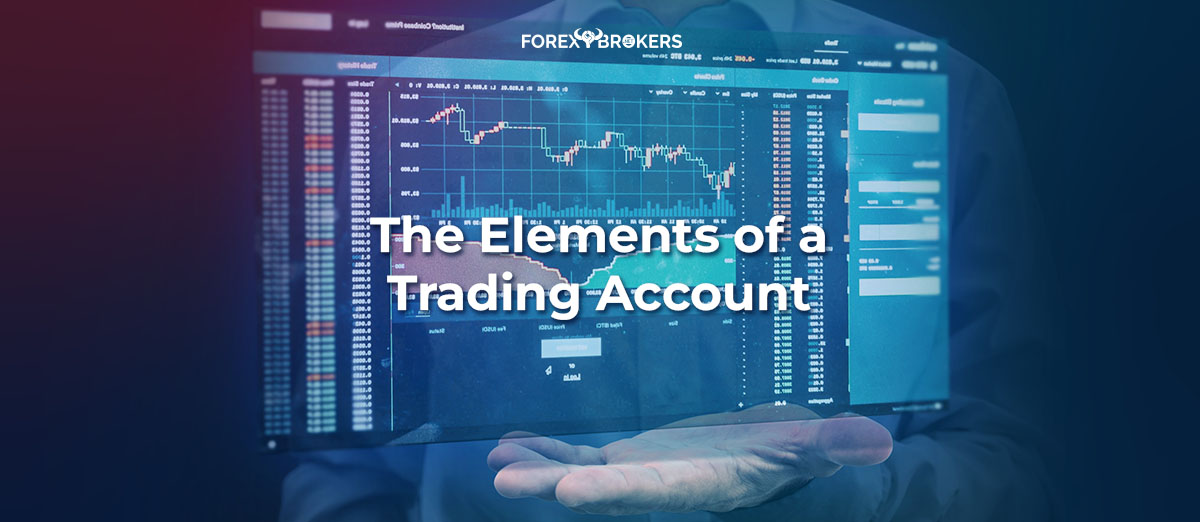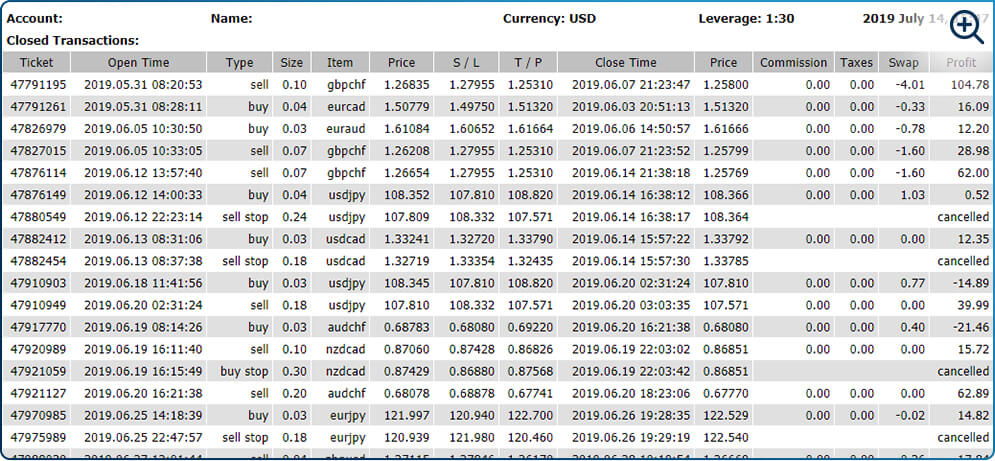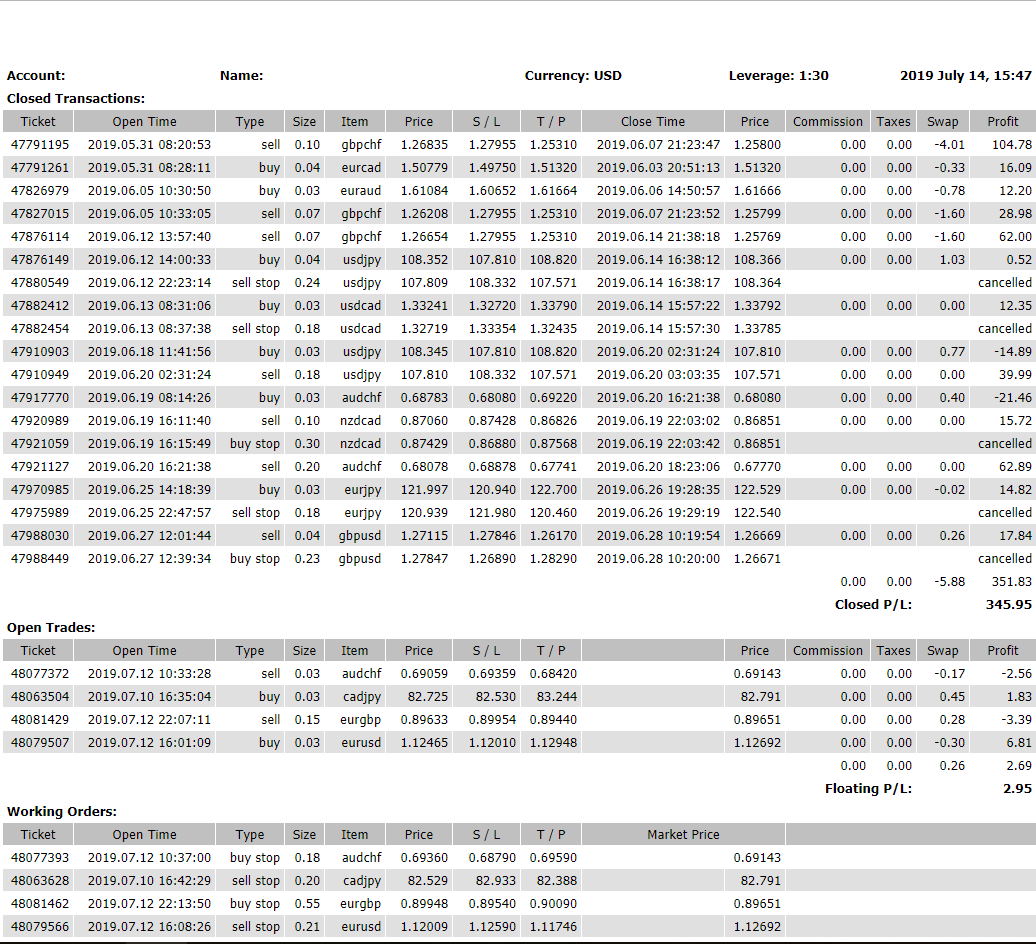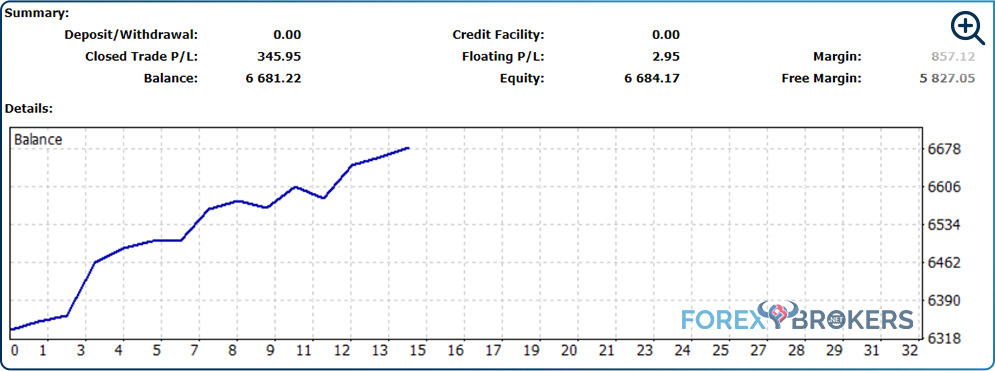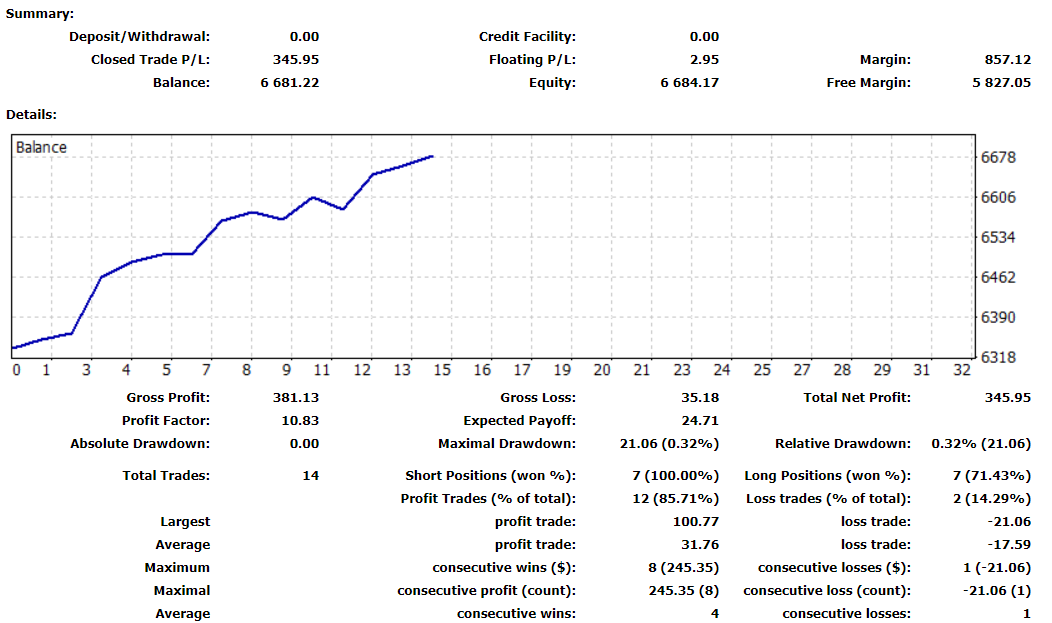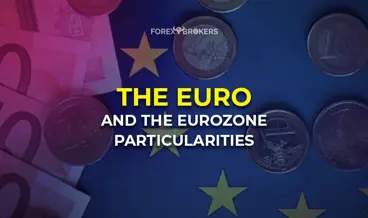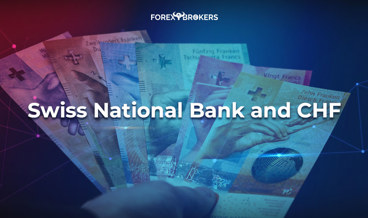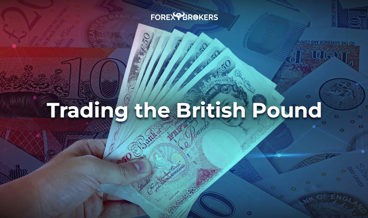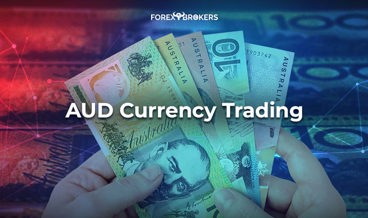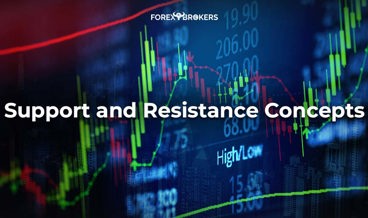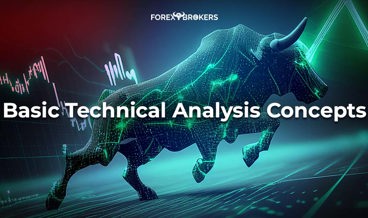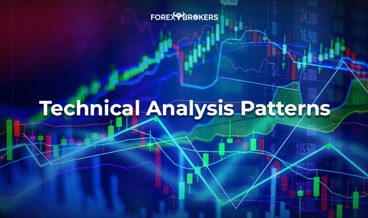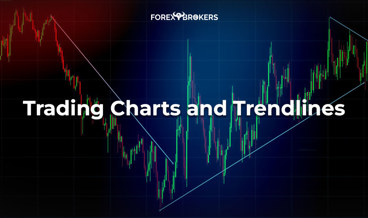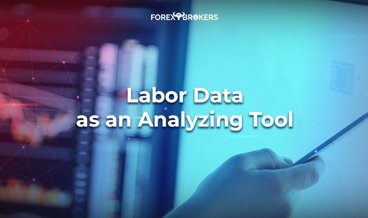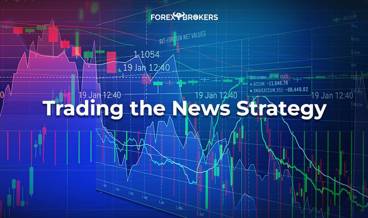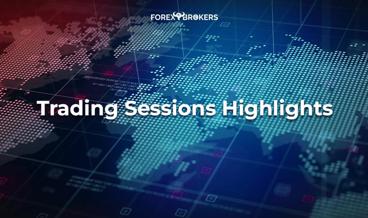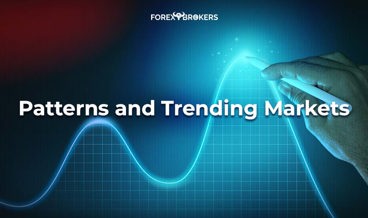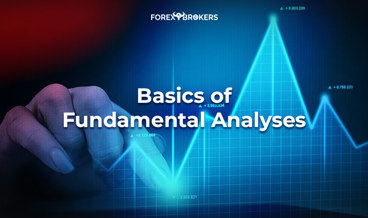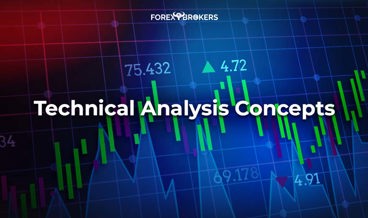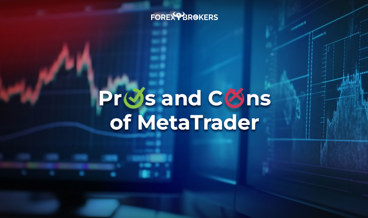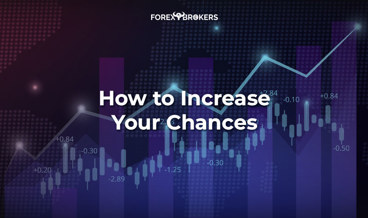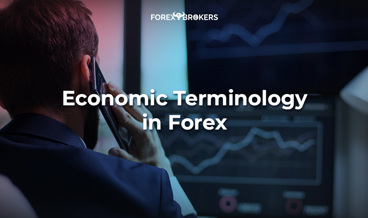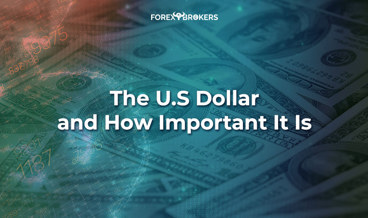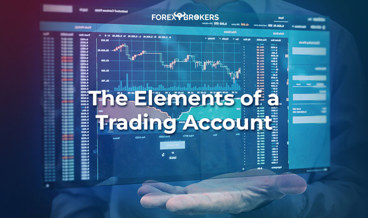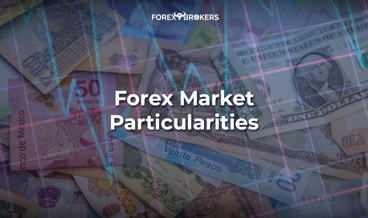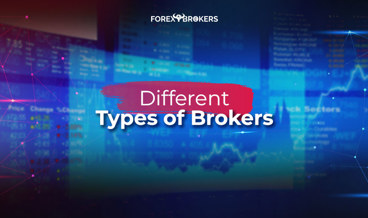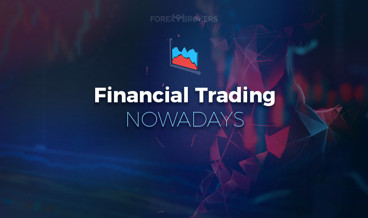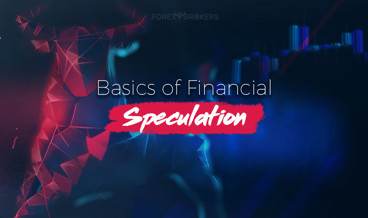The financial system as we know it now appeared after the United States dropped the gold standard. Other countries in the world did the same thing, and currencies began free-floating against each other.
A new market appeared. And with it, the financial system changed forever.
Nowadays, the financial system is a complicated structure. Besides the FX market, which accounts for the largest trading volume in the world, other markets have grown considerably.
Equities, commodities, and fixed income are only some of the integrated segments of the current financial system. They all generate substantial trading volumes and, in many cases, are accessible from the same trading account.
A Forex trading account today is more than just that: It is a gate to international financial markets.
Financial innovation has enabled retail traders to access all these markets. While they have existed for a long time, the higher transaction costs made them inaccessible.
The Internet changed everything. With online trading gaining popularity daily, traders suddenly realized they had access to new markets.
The form of online trading differs a bit from its traditional offline counterpart. For instance, using an FX trading account, a retail trader can speculate on the rise and fall of a company's share price.
It isn't like trading shares, where traders effectively buy shares and sell them for a profit. Instead, the brokerage house offers a financial product, a CFD (contract for difference).
The CFD follows the underlying asset's price (in this case, the share's price), and traders bet on the share's direction. Therefore, the same trading account serves the same purpose, providing access to various markets.
Managing it is a challenge for all traders. Human nature influences our actions as traders.
Human Nature – the Major Obstacle When Managing a Trading Account
We're not always objective when we try to make the most out of a trade. We want things to happen fast and without any hustle, if possible.
But, in trading, that's unlikely. In fact, there is a great likelihood that a trade will go against the desired direction from the moment the trader opens it.
Therefore, we immediately face the challenge to react, to do something.
That's when the trading plan suffers. Most traders abandon their plan or strategy, if they have one, and begin using alternative methods to manage the position.
For instance, if a trade goes against the trader's expectations, the temptation is to use more funds and increase the exposure. After all, if, say, EURUSD was a great buy at 1.1300, it's a bargain at 1.1250, right?
Such a mentality leads to mounting losses and misusing the elements of a trading account.
Believe it or not, there's more to a trading account than meets the eye. All these elements contribute to success in trading, starting with the products and markets to trade with, continuing with the balance and equity, and ending with the commissions and spreads.
And human nature is responsible for misusing them. Provided we master human nature, traders must use all the elements of a trading account together.
Interpreting them separately won't help. Only when considering them all do traders have a clear view of the potential of a trading account.
Leverage – Dictating the Buying and Selling Power
In a previous article in this Trading Academy, we covered the basics of leverage in Forex. It's time to dive deeper into the subject.
The first thing to decide before opening a trading account is leverage. Leverage is a great "invention" for retail traders. Without it, accessing the market would be impossible.
Well, "impossible" may be a strong word. But it would definitely be more restrictive for retail traders.
Leverage increases the risk and the potential reward of any given trade and makes it possible to participate actively in the market with small amounts of money.
For instance, funding a trading account with $10,000 and trading FX won't work without leverage. Or, if it does, it will only allow for the opening of a small position, with little room left for a move in the desired direction.
Regulators around the world have imposed conditions on leverage levels. In some jurisdictions, such as the eurozone, there's a limit of 1:30 for retail trading accounts. That means that trading accounts have the power to move on the market thirty times the value of the funds in the account.
For instance, for each dollar invested, the trader moves thirty dollars. That's quite something.
But it used to be higher. Leverage levels of 1:400 or 1:500 were real in Europe not so long ago.
However, as mentioned, regulators stepped in and decided that retail trading needed more protection. So, the first thing they did was reduce the leverage levels.
Understanding the Relationship between Leverage and Risk
There's an indirect correlation between leverage and the funds remaining in a trading account. We already mentioned in previous articles that statistics show that newbie retail traders blow their account funds in the first six months.
If you use lower leverage, there's always something left after there's no margin available. The higher the leverage, the bigger the chance is to wipe out the account in the event of a margin call.
Leverage imposes trading limitations on an account. At first glance, it seems that by imposing low leverage limits, regulators restrict the profit potential of trading accounts.
But we should not forget that such rules are in place to protect retail traders, even from their own actions.
Let's assume you have an excellent trading strategy, one that works on all currency pairs with a daily timeframe.
It buys or sells at the end of the trading day, following a technical setup. Literally all currency pairs offer a signal to enter the market.
A low leverage trading account forces the trader to choose only some of the trades. There isn't enough margin to trade them all.
Thus, the leverage level imposes discipline and protects the account from insurmountable losses. After all, if the winning rate among retail traders were higher, probably no regulator would restrict the leverage level.
There's still a way to trade with higher leverage, though. We already mentioned in a previous article that traders can apply to open a professional trading account.
It requires a minimum amount of funds, experience, and proof of years of trading success. Traders who are eligible and meet these conditions can use higher leverage.
In this case, the trader is adept at managing risk. Thus, leverage restrictions do not apply.
Leverage and Financial Products
The leverage level also depends on the products traded. For instance, cryptocurrencies have increased in popularity in recent years.
This is especially true for retail traders. For whatever reason, many believe that central banks manipulate the value of money.
As mentioned in a previous article, central banks do intervene from time to time, and their actions do influence the exchange rate.
When digital currencies appeared, many people viewed them as an alternative to fiat money and thus bought them just to have exposure to this "new money".
Fast forward a few years later, and most retail traders have lost everything they invested. How come?
They started trading and, in doing so, made all the mistakes and sins of newbie retail traders.
Regulators have no power on the cryptocurrency market so far. There's no legal basis for imposing restrictions.
However, regulators do have power over brokerage houses. Thus, the leverage imposed on trading cryptocurrencies is even smaller than that for other financial products.
This tells us that different financial products have different perceived risk levels. The leverage of a trading account is the first indication of how risky a market is.
Only a few years back, brokers had no leverage restrictions. Many of them offered leverages of 1:5000, with 1:200, 1:400, or 1:500 being the norm.
To this day, such accounts exist. However, those brokers are licensed offshore and don't have a legal basis to offer services in a jurisdiction where such leverage levels are prohibited. So, if traders decide to open an account with such a broker, they assume all the risk.
Equity, Balance, and Free Margin – the Trio to Master
Perhaps the key to understanding a trading account is the relationship between equity, balance, and margin. After all, this is the information that's always in front of a trader's eyes.
The three elements are strongly codependent. Their levels reveal much about the state of the account: growing, shrinking, in danger of receiving a margin call, etc.
For retail traders, the biggest problem when trading FX is that the markets are always open. Because of that, traders "feel the need to do something" to open a trade.
But the markets spend a lot of time consolidating. In fact, studies show that the currency market spends most of its time in ranges and travels in strong trends less than 40% of the time.
When a trader makes a trade, the relationship among the three key elements (equity, balance, and margin) changes. As the trade progresses, these three elements are handy in analyzing the profitability of the trading account.
Without a doubt, equity is the most important of the three elements. Therefore, any analysis must begin with interpreting equity.
The Equity of a Trading Account
Equity equals the balance of a trading account only in two instances. First, when the trader deposits funds in a new trading account, all three have the same value. Second, at any point in time when all trades are closed, the equity, balance, and free margin have equal values.
Equity offers a glimpse into a trade's performance and a trading account in general.
As the open trades progress, the equity rises or falls based on profitability. The free margin also increases or decreases based on how the positions advance.
There is a strong, direct correlation between the performance of a trading account and equity. As the performance of a trade rises, the equity rises too. A losing trade, therefore, also affects the equity.
So why is the equity more critical than, say, the balance of a trading account? The answer lies in its objectivity.
The balance remains unchanged until the trade reaches the stop-loss or the take-profit level, or at least until the trader decides to close the trade manually.
Therefore, the balance might show a profit even when the equity declines regularly due to losing open positions. This reflects the necessity of interpreting the equity and not the balance of a trading account.
If you want, the supreme quality of equity is that it reflects the true value of the trading account. Whereas the balance misleads traders all the time, the equity always tells the truth.
The Free Margin
For every opened position, the broker requires collateral. That's the margin's purpose.
The broker lends the money necessary to keep the position afloat, and that requires collateral.
The margin size depends on the underlying asset. Some currency pairs require bigger margins than others.
For instance, NZD pairs are famous for their low margin requirements. Brokers let you trade NZD pairs for little collateral compared to other pairs.
Some other pairs need more collateral. For this reason, one significant challenge when trading on the currency market is to balance trades in such a way that there's always enough free margin available.
After opening a trading account and funding it, there's a 100% available margin. After opening at least one position, the free margin shrinks based on two variables.
One is the currency pair traded. Different pairs require different margin levels.
The other is the volume traded. Obviously, the larger the volume, the bigger the amount of margin blocked by the broker as collateral.
At the close of the trade, regardless of the outcome (win or lose), the broker releases the collateral. The amount instantly becomes available for other trades.
Real Trading Account Example – Step-By-Step Description
As always, an example helps. For full disclosure, the images used here are from a real trading account.
The performance is real, not made up or a demo. However, for privacy reasons, the account number and the trader's name have been cropped out.
This is a live MetaTrader 4 account, and at this point, the trader has four open positions and four pending orders.

Let's slightly interpret the relationship between the open positions and the balance, equity, margin, and free margin.
First, there are two short trades on crosses (EURGBP and AUDCHF) and two long trades, one on a cross and one on a major (CADJPY and EURUSD).
Second, the equity differs from the balance for the single reason that the positions are open. When they close, the two elements will have the same value.
Third, the four positions opened require, in total, $857.12 in margin (collateral). Finally, the free margin is about eight times the collateral.
From this moment, if all the trades go against the desired direction, the margin amount blocked will remain the same. However, the free margin will shrink, together with the equity.
As the picture shows, this broker doesn't charge commissions. The commission column is empty.
However, the broker does charge a bigger spread than normal. This is a standard approach for brokers advertising no commissions: They have a wider spread on the bid and ask prices. As a rule of thumb, brokers never give anything away for free, so the lack of commissions means they'll take the profit elsewhere.
In the profit column, we see the outcome of all trades at any point in time. The swaps, positive or negative, are also displayed.
The swap is the interest rate differential of the two currencies in the pair. In some cases, it's positive, and in others, negative, and the swap is always deducted or added to the outcome of a trade.
The Account's Exposure
Another important element of the trading account is the exposure, which reveals the overall exposure to various currencies and helps traders avoid correlated trades.

The Account History
Looking at past trades helps traders interpret the strategy. Many things can go wrong, and analyzing your trades offers the possibility to optimize your trading.
First, the trader interprets the strategy, including the entries and exits, the volume, the swaps paid or earned, and so on. Second, the execution of the trades tells the trader whether this is the right broker to use. Among other aspects, traders consider the slippage and the spreads during different trading times.

The above picture shows the performance for June 2019. The trader has realized a profit of almost $350, positive and negative swaps included.
In green, we see the trades that reached the take-profit level and were thus closed by the trading platform automatically, following the trader's instructions and strategy.
Red marks the trades that reached the stop-loss level. That's the invalidation level at which the trading platform automatically closes trades, as long as the market is open.
Again, looking at and interpreting the performance of a trading account helps optimize a trader's strategy, which leads us to the next logical step in interpreting the elements of a trading account: the detailed statement.
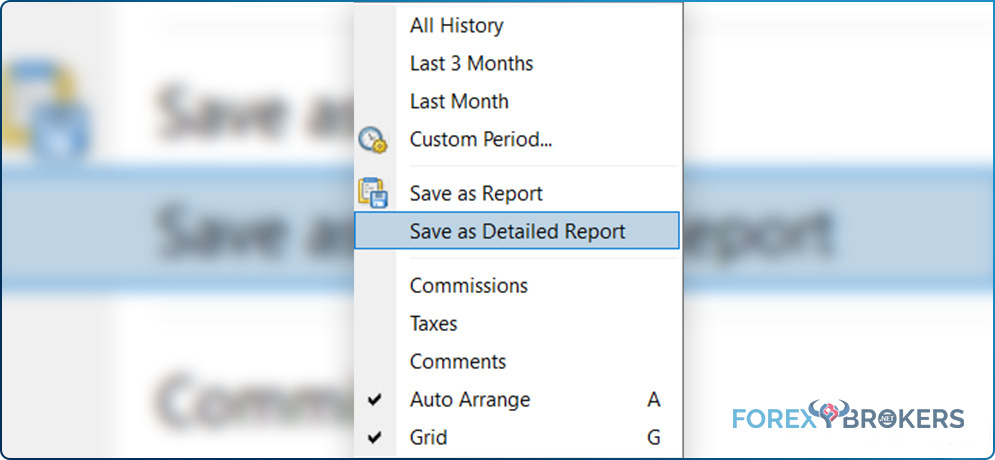
On the MetaTrader 4 platform, the History tab shows only the most recent trades. With a right-click on any of the closed positions, the trader has the option to choose customized periods. For this example, we chose the month of June 2019.
If you select the "Save as Detailed Report" option, a new file is created that shows the trading account's performance in great detail.
Interpreting the Detailed Statement
The detailed statement has two distinct parts. In the first part, we see all the trades for the selected period as well as the details of the trading account.
For privacy reasons, the account number, as well as the owner's and broker's names, do not appear in the picture above. If we interpret the rest, we see that this is an account with 1:30 leverage with USD as its base currency.
The picture shows in great detail the trading activity. All trades, both opened and closed, are listed here, as well as the pending orders that were canceled.
The closed P/L shows a profit of $345.95 after deducting the negative swap from the gross profit. The open trades and working orders complete this first part, offering the trader a full view of the account's performance.
The second part offers an educated guess into the projected performance. By interpreting the past, traders can form an idea of how the account is likely to perform going forward.
We see that the trader neither deposited nor withdrew any funds during June 2019. The open positions show a small profit of $2.95 and a free margin of $5827.05.
The chart shows how the account grew over the period. What's important to look for here is the drawdown. Obviously, the smaller, the better.
In this case, we see that the account suffered little to no drawdown. The absolute drawdown was zero for the period, and the largest one was only $21.06, or 0.32% of the account's value.
The picture shows a strong performance, as the account grew steadily at any time during the month. It is said that a drawdown bigger than 20% to 30% indicates a doubtful trading strategy. Anything below those levels indicates strong performance. In this case, the results are impressive.
- Interpreting the Trading Account's Performance
As you have probably figured out by now, the overall performance (i.e., net profit) is not the only thing that matters. How the trader obtained, the performance is equally important.
The detailed statement helps us form an idea. The trader took seven short and seven long trades for the period, showing neutrality about directionality.
Moreover, the most significant profit trade ($100.77) exceeds by far the largest losing trade ($-21.06). Furthermore, the average profit ($31.76) exceeds the average loss ($-17.59).
These figures show that the trader respects one of the oldest trading principles: Let your profits run and cut your losses short.
It also reveals another important factor: The trader uses appropriate risk-reward ratios. A risk-reward ratio is the reward in relation to the risk of a trade. The higher the ratio, the better. For the FX market, an appropriate ratio is 1:2 or 1:3, depending on the strategy. This offers a smooth path to growth.
The account also shows strict money management rules.
Margin Call
By now, it should be clear how to interpret a trading account. This article has offered a detailed view of the elements of a trading account, providing real examples.
But other things are needed to complete the picture. One of them is the margin call.
Brokers don't keep open positions if there's no margin left in the trading account. This can happen for several reasons, such as having too many open positions or the open positions going against the desired direction with no stop-loss limit, indicating the trader wants to keep them.
In the example used in this article, the margin level exceeds 770%. That indicates plenty of available margin.
However, should the margin level drop below 100%, the trader will receive an email stating that the broker will proceed to close all the trades if the trader doesn't increase the margin level.
The trader has two options to avoid a margin call in this situation. The easiest one is to deposit more funds, thus increasing the available margin and giving the account room to breathe.
But this bears a risk: The market can move so fast in such instances that there's no time for the funds to arrive to save the day. Most brokers accept credit card deposits or PayPal, which instantly fund the account. However, the commissions are high, and that's an adjacent cost the trader needs to consider.
The other way to avoid a margin call is to close some open positions.
The broker releases the margin held as the respective collateral for each closed position. This margin becomes immediately available for other purposes.
Obviously, the ideal situation is to never be in a position where you receive a margin call. But reality shows us that many retail traders have received at least one in their trading life, which is why understanding margin calls and what to do in such instances is essential.
Negative Balance Protection
It may come as a surprise that we're introducing negative balance protection in an article dealing with the elements of a trading account. However, recent changes in the industry make this a critical point every trader should know.
If an account offers negative balance protection, the liability of traders stops at the amount they fund the account with. That's it, not a cent more.
This clause appeared after January 2015, when the Swiss National Bank (SNB) dropped the EURCHF peg. Brokers couldn't fill stop-loss orders at the 1.20 level for EURCHF long positions.
When the SNB dropped the peg, the market simply vanished. The earliest available quotation was well below parity, somewhere around 0.88.
Now let's assume that a trading account had one long position on the EURCHF ahead of the SNB dropping the peg. Because the central bank vowed to keep the peg no matter what, many traders interpreted this promise as free money.
After all, the easiest thing to do was to go long on the EURCHF pair and place a stop-loss limit at 1.20 or slightly below.
The more the price approached 1.20, the more the retail traders bought. But when the peg disappeared, brokers couldn't fill the stop-loss orders. The trades closed at the new quote, around 0.88.
That meant that someone needed to cover for that difference. The liability went to the traders, and the next day, the brokerage houses contacted traders to find out how they would cover the liability.
Having negative balance protection avoids such situations and thus represents an element to consider when opening a trading account.
Commissions and Spreads
Commissions and spreads affect the profitability of a trading account. Thus, traders must consider them as adjacent trading costs.
Depending on the broker's structure, some variations of the two exist. For instance, the broker in the examples used in this article had no commissions. However, he had wider spreads than usual.
Some other brokers charge a commission for each trade, depending on the volume traded. The bigger the volume, the higher the commission paid.
As a rule of thumb, the commission is always paid when a trade is opened. How can one tell if the spread is too wide or too narrow? To interpret spreads, most traders use the EURUSD pair as a benchmark.
Nowadays, the EURUSD pair has the lowest possible spread. That's because it has a huge volume and is popular among traders. 0.2 or 0.3 is a normal spread on the EURUSD pair.
Therefore, brokers who charge a larger spread are also unlikely to charge commissions. If they do, then they're not the best choice when it comes to optimizing costs.
However, the best brokers aren't always the ones with the lowest fees. Traders often prefer to pay a bit more for a better trading experience. Other things, such as no slippage and fast execution, matter more.
Swaps
Depending on the type of trading account, swaps affect the bottom line of a trading strategy. Most pairs have a positive or negative swap, influencing the decision to trade.
For instance, if the trader uses a swing strategy or invests with a longer time horizon, the swap is a large cost component and, thus a vital factor to consider.
If the currency pair pays a negative swap for the desired trade, the trader may decide to use a futures broker rather than a spot one. Trading futures doesn't require swap adjustments, and thus the trader avoids unnecessary costs.
On the other hand, if the trade pays a positive swap, the best option is to trade with a broker so that the account collects the swap as passive income.
Some accounts have religious limitations. In the Middle East, for instance, positive swap or interest can't be added to the bottom line due to religious reasons. Thus, brokers offer swap-free accounts in Islamic countries.
Markets to Trade
Last but not least, on the list of things to consider when looking at a trading account are the markets to trade. Forex brokers don't give access only to the currency market anymore.
Because of market interdependence and tight correlations, it makes sense to offer other financial products as well. This way, the trader has a full range of products to benefit from all possible strategies.
For instance, let's assume a trader has a bearish USDCAD scenario. He sells the pair, looking for it to decline.
However, the market does the opposite, but without triggering the stop-loss. If the trader wants to add to the position but diversify the risk simultaneously, he should trade on a correlated market.
For example, buying oil can serve this purpose. The Canadian dollar (CAD) and oil are directly correlated due to the energy-intensive Canadian economy.
Besides the currency market, a trading account offers access to many other markets. Commodities like gold, oil, silver, cotton, coffee, and so on; energies like natural gas; and bonds like the 10Y in the United States are just a few examples.
Also, the rise in cryptocurrency trading hasn't gone unnoticed by traditional brokers. While new trading exchanges dedicated to the crypto market have appeared, traditional brokers have also introduced the main crypto pairs.
Thus, traders can fully optimize their accounts and adjust their money management to diversify their exposure to and profit from each market.
Conclusion
The elements of a trading account are a vital part of the money management system. Without a clear understanding of how each element affects the bottom line, any trading strategy will suffer in time.
Mastering a trading account means mastering trading. The examples here offer a complete presentation of an FX trading account and its interpretation.
As always, there's more than initially meets the eye. If you ask most retail traders about the elements of a trading account, all they can talk about is the profit.
But the profit is the outcome of a trading strategy. When building a strategy, traders must consider all possible aspects influencing profitability. Spreads, leverage, free margin, commissions, and swaps are just some of them.
To sum up, a trading account mirrors the trader's strategy and personality. Both suffer by misinterpreting the elements of the trading account.
The point of this article was to explain how relevant the information in a trading account is. From now on, any trader reading this article should look at trading accounts from a different perspective.
Moving forward, the next topic deals with the world's reserve currency, the U.S. dollar. Its importance is paramount for the current financial markets. As you'll find out, the history of the U.S. dollar is as fascinating as its current role in the financial market. From the uncertainty that followed the gold standard and the break of the Bretton Woods system to the current day, we'll identify the complete role of USD in the world financial markets.
